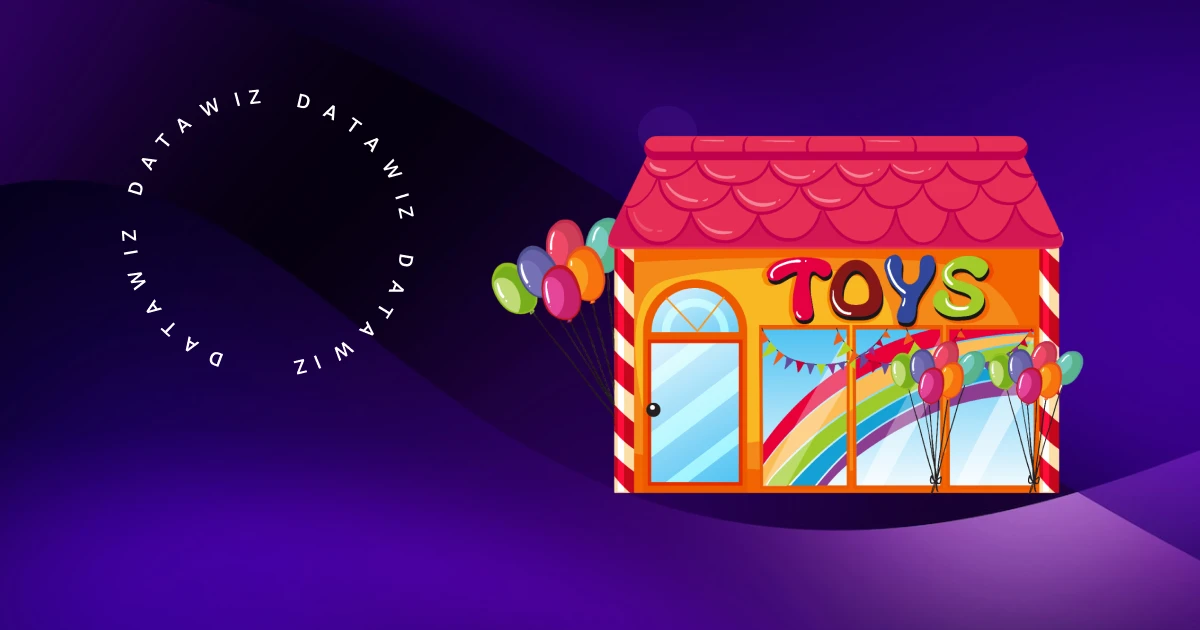Content:
- Reasons for Customer Dissatisfaction in Stores
- How to Handle an Unhappy Customer
- Retail Sales Analysis: The Key to Success
- Loyalty Programs for Small Stores
- How to Boost Sales in Stores: Practical Tips
- Conclusion
Every retail store occasionally deals with unhappy customers. The reasons vary: poor customer service, lack of desired products, or unmet expectations. However, a disgruntled customer is not the end of the road; it’s an opportunity to improve. This article will discuss how to handle dissatisfied buyers, conduct retail sales analysis, implement loyalty programs for small stores, and explore strategies to boost store sales.
Reasons for Customer Dissatisfaction in Stores
- Poor service quality. Sales associates who are unable to provide proper consultation can disappoint customers.
- Out-of-stock items. When customers seek anunavailable product, it leads to frustration.
- Pricing errors or promotions issues. Mispricing or unclear discount terms spark conflicts.
- Long queues and waiting times. Nobody likes wasting time.
How to Handle an Unhappy Customer
- Listen attentively. Let the customer voice their concerns without interruption.
- Apologize. Even if the problem isn’t your fault, a simple apology helps ease tensions.
- Offer a solution. Replace items, provide discounts, or issue gift cards as compensation.
- Analyze the root cause. Internally assess the incident to prevent recurrence.
Retail Sales Analysis: The Key to Success
Understanding customer dissatisfaction and addressing their needs requiresregular sales analysis:
- Demand evaluation. Identify top-selling and underperforming items.
- Customer behavior insights. Pinpoint peak shopping times and popular product combinations.
- Feedback collection. Use reviews to determine areas for improvement.
Loyalty Programs for Small Stores
Small retail outlets can benefit significantly from loyalty programs to retain and attract new customers. Here are some ideas:
- Points-based systems. Customers earn points for purchases, redeemable for discounts.
- Gift incentives. Small gifts for reaching spending thresholds.
- Regular customer discounts. Special deals for frequent shoppers.
- Personalized promotions. Alerts about discounts on customers’ favorite items.
How to Boost Sales in Stores: Practical Tips
- Optimize inventory. Monitor demand and offer products customers want most.
- Strategic product placement. Essentials should be visible, and impulse buys should be near checkout.
- Employee training. Staff should be polite, knowledgeable, and helpful.
- Advertising and promotions. Leverage social media to announce discounts and new arrivals.
- Enhance ambiance. Create a welcoming atmosphere with comfortable layouts, music, and scents.
Conclusion
Handling unhappy customers is a crucial part of retail success. Understanding their needs, performing sales analysis, implementingloyalty programs, and adopting effective strategies can help resolve issues and significantly boost store sales. The key is to learn from mistakes and continuously work on service improvement.
 Co nowego?
Co nowego?





 Nie potrzebna karta bankowa!
Nie potrzebna karta bankowa!